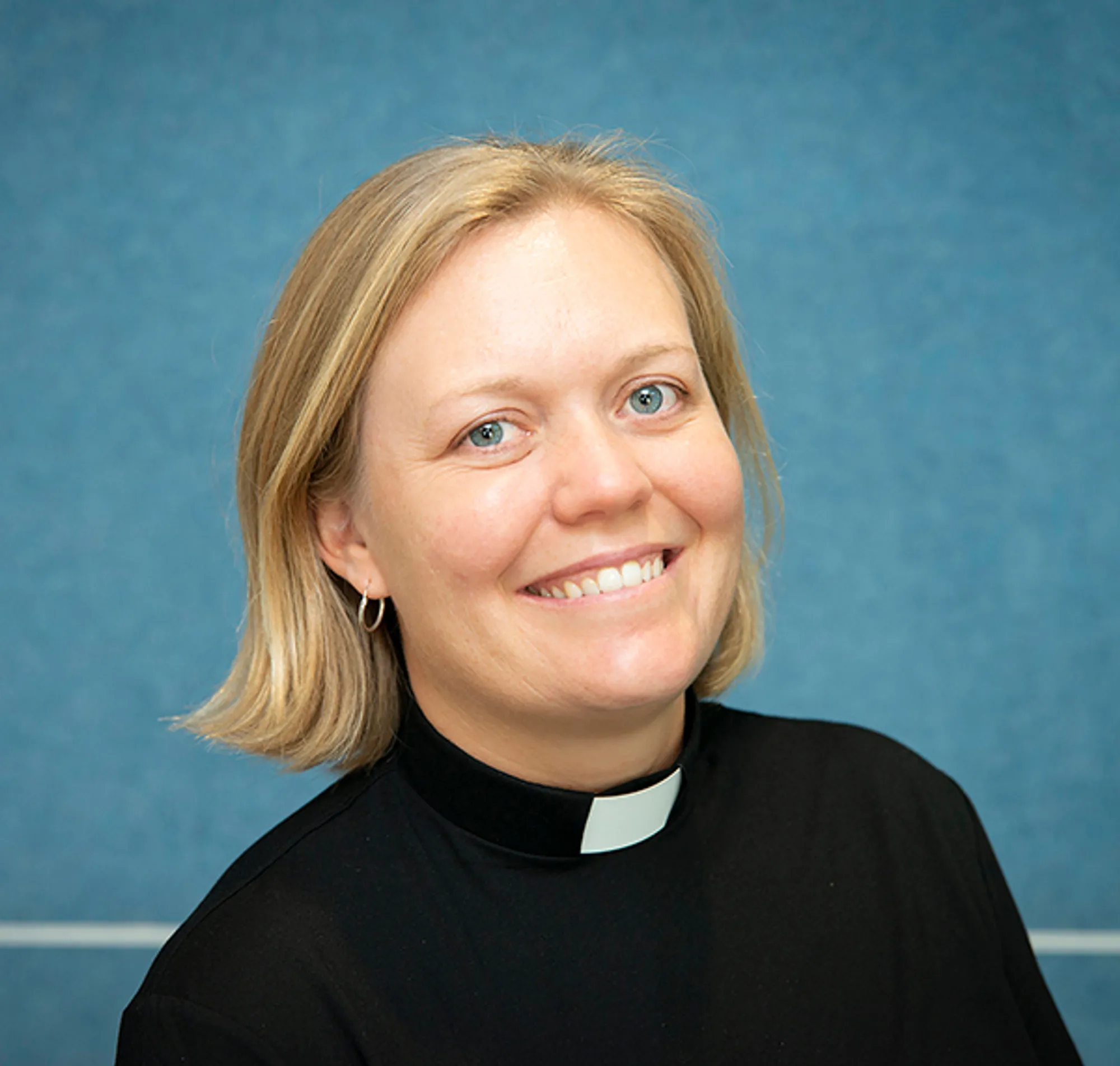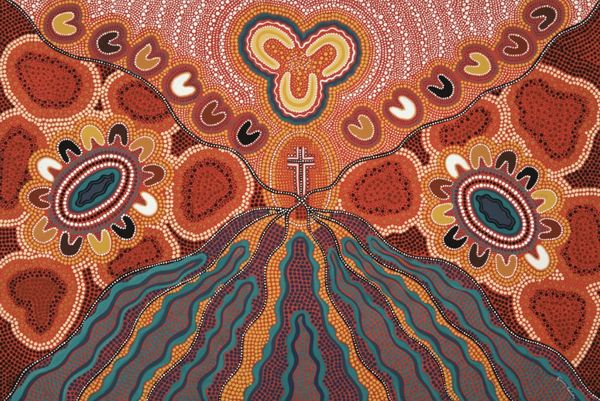National Reconciliation Week
By Rev. Dr Katherine Rainger, Senior Chaplain

Reconciliation Day in Commonwealth Park was a great way to start National Reconciliation Week (NRW). Canberrans came together to listen, learn and act. It was great to see Radford College students helping at the Making Peas/ce stall, singing on Stage 88 with the OZY Youth choir and enjoying the day with family and friends.
It was a special moment when one of our Year 3 students spoke to local Elder Aunty Violet Sheridan and said she remembered her from Foundation Day when Aunty Violet gave a Welcome to Country.
This week I have been reminded of the ACT Aboriginal and Torres Strait Islander Elected Body (ATSIEB) which was enacted by legislation in 2008. ATSIEB functions in a similar way to the Voice to Parliament that was proposed in the referendum last year.
As we approach the ACT government election it is worth reflecting on the priorities identified by ATSIEB. A summary statement and a detailed analysis identify the following: lowering incarceration rates (27% of the prison population in the ACT is Indigenous, even though Aboriginal and Torres Strait Islanders make up 2% of the population in the ACT); strengthening families and outcomes for children; community control of community assets, and funding models.
Building relationship
Aboriginal Christian leader and Wakka Wakka woman Brooke Prentis, who has worked with Radford College over several years, defines Reconciliation as “the building of relationship between Aboriginal peoples of over 300 nations, Torres Strait Islander peoples of over 100 islands of which about 20 are lived on, and non-Indigenous peoples of all cultures in these lands now called Australia.”
Building relationships is at the heart of the painting So Loved by Aunty Glenny Naden: relationships with each other and with God. I find Aunty Glenny’s portrayal of the relationship within God with the three persons of the Trinity very compelling. Have a look at the painting at the top of the page. I wonder which part of Aunty Glenny’s painting speaks to you?
What is National Reconciliation Week?
The dates for NRW remain the same each year: 27 May to 3 June. These dates commemorate two significant milestones in the reconciliation journey: the successful 1967 referendum, and the High Court Mabo decision.
Reconciliation must live in the hearts, minds and actions of all Australians as we move forward, creating a nation strengthened by respectful relationships between the wider Australian community, and Aboriginal and Torres Strait Islander peoples.
We all have a role to play when it comes to reconciliation, and in playing our part we collectively build relationships and communities that value Aboriginal and Torres Strait Islander peoples, histories, cultures and futures.
A Brief History
National Reconciliation Week started as the Week of Prayer for Reconciliation in 1993 (the International Year of the World’s Indigenous Peoples) and was supported by Australia’s major faith communities.
In 1996, the Council for Aboriginal Reconciliation launched Australia’s first National Reconciliation Week.
In 2001, Reconciliation Australia was established to continue to provide national leadership on reconciliation.
In the same year, approximately 300 000 people walked across Sydney Harbour Bridge as part of National Reconciliation Week (and subsequently across bridges in other cities and towns) to show their support for reconciliation.
Today National Reconciliation Week is celebrated in workplaces, schools and early learning services, community organisations and groups, and by individuals Australia-wide.
